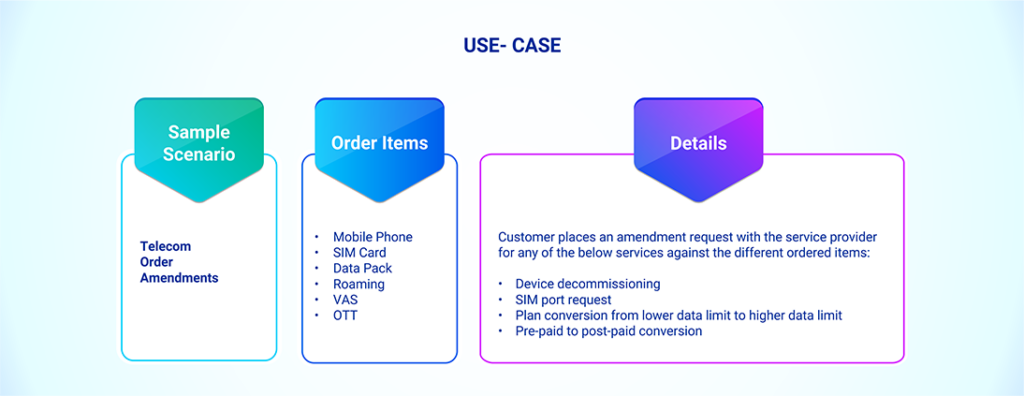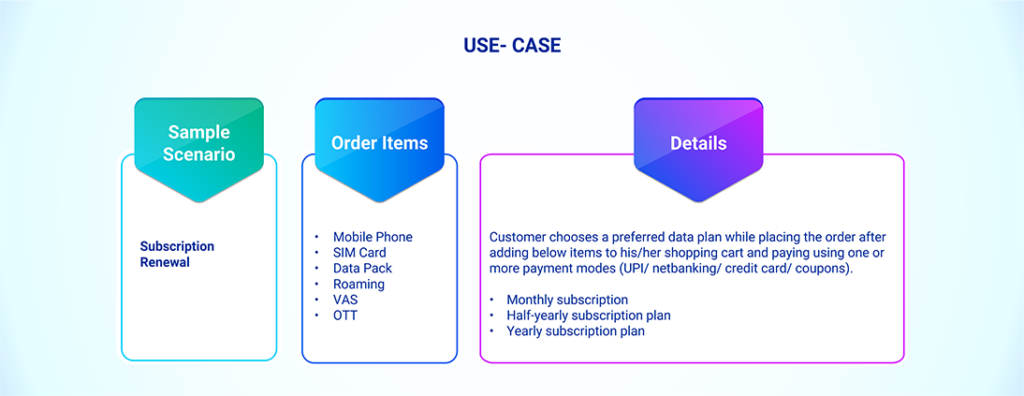In our previous edition, we embarked on a quality engineering journey in the supply chain, starting with the ‘Shift Left’ approach. Building on our exploration of the ‘Shift Left’ approach in supply chain quality engineering, the second edition delves into the complementary strategies of ‘Shift Right’ and ‘Stay Put.’ Each of these two approaches serve a unique role in ensuring quality amidst the dynamics of business environments. Today, we’re diving into its counterparts – ‘Shift Right’ and ‘Stay Put.’ These strategies, while different, play equally crucial roles in ensuring quality in dynamic business environments.
Shift Right: The Back-End Quality Approach
Now that we’ve explored the proactive and collaborative strategy of “Shift Left,” let’s turn our attention to its counterpart – “Shift Right.” This method entails conducting tests once the development phase is finished, similar to sampling the final cake to confirm it meets expectations. At times, it involves verifying the implemented solution aligns with the initial concept and making any required adjustments.
In this scenario, the focus shifts towards post-implementation testing, ensuring that the software not only meets the specified requirements but also performs well in the real world. A “Shift Right” approach doesn’t mean neglecting quality during development; instead, it emphasizes additional testing, validation, and real-world scenarios after deployment. Such testing occurs within real-world scenarios, taking into account real-time data, environments, and feedback. The process primarily involves and is overseen by two dedicated teams, which are:
- Support Team: The support team takes charge of monitoring, analysing user feedback, and addressing any issues that arise in the live environment.
- QE Team: The QE team conducts comprehensive testing, including exploratory testing, performance testing, and security assessments after the software is deployed.
Case in Point: The Benefits of Shift Right Approach
In the earlier edition, we talked about a new feature required by a telecom company in its OMS to facilitate its customers with online order placement facility by adding different items to their cart and making the payment through multiple modes. Let’s understand the shift right approach by considering the same case where the client now wants to enable the order amendments facility for the order placed consisting of composite services.

Approach: In this ever-changing supply chain scenario, where customer demand is constantly evolving and technological progress is leading to frequent adaptations, the telecom service providers are encountering difficulties managing post-order modifications. Whether it’s a SIM port request, decommissioning lost cell phones, or converting from pre-paid to post-paid, these changes require meticulous testing to ensure a seamless customer experience.
The “Shift Right” approach plays a pivotal role in handling amendments. Post order delivery, the QE team engages in rigorous testing of various scenarios, such as, SIM porting, device decommissioning, plan conversions and billing cycles. This back-end quality assurance ensures that each amendment is seamless and doesn’t disrupt the overall service and billing continuity.
Why Shift Right for Telecom Order Amendments?
- Post-implementation Complexity: Order amendments involve changes to an already deployed system. “Shift Right” allows for targeted testing in the actual environment, ensuring that each amendment is thoroughly validated without disrupting existing services.
- Real-world Dynamics: Telecom services operate in dynamic environments with diverse user behaviours. “Shift Right” approach involves real-world testing, providing insights into system behaviour under actual usage conditions, ensuring amendments meet customer expectations.
- Adaptability and Quick Turnaround: The need to adapt quickly to changing customer needs gives edge to a service provider over its competitors. “Shift Right” facilitates adaptability by focusing on post-implementation testing, allowing for quick adjustments based on user feedback and market trends.
Advantages of Order Amendment Facility in the Telecom Industry:
- Seamless Customer Experience: Rigorous testing post implementation ensures that amendments, such as SIM porting or plan conversions, don’t disrupt the overall service, providing a seamless experience for customers.
- Billing Continuity: Comprehensive testing of billing cycles ensures that amendments do not impact the accuracy and reliability of billing systems, maintaining financial integrity.
- Quick Issue Resolution: Monitoring and analyzing user feedback in the live environment enables the support team to identify and address issues promptly, ensuring customer satisfaction during amendments.
- Enhanced Security: Security assessment post implementation helps identify and address any vulnerabilities caused by amendments, ensuring the overall security of the telecom system.
Stay Put: The Steady-State Quality Approach
As we explore the quality engineering strategies in the supply chain, let’s discuss about another important strategy called the “Stay Put” approach. Unlike the proactive “Shift Left” and the post implementation focus of “Shift Right,” “Stay Put” is about maintaining the current approach without significant changes in the testing process. This strategy is suitable for scenarios where the software system is stable, requirements are well-defined, and there are minimal changes or amendments expected in the foreseeable future.
In certain situations, stability is the key, and making significant changes to the testing process may introduce unnecessary complexity. To understand this better, let’s consider a scenario within the Telcom Order Management space where the “Stay Put” approach is the most sensible choice.
Case in Point: Stable Subscription Renewals in Telcom Order Management
Considering a scenario within Telcom Order Management, let’s discuss the space where the system handles subscription renewals. The company offers various plans, including monthly, half-yearly and annual subscriptions. Customers can choose their preferred plan at the time of placing the order, and the system activates the subscription post order delivery.

Why “Stay Put” for Subscription Renewals?
- Stable and Predictable Process: Subscription renewals follow a well-established and predictable process. The system is designed to handle renewals seamlessly without significant changes in requirements or workflows.
- Minimal Variability: The nature of subscription renewals involves routine billing cycles and straightforward invoicing procedures. Changes in this process are infrequent and well-understood.
- Efficient Billing System: The current billing system is optimized for handling subscription renewals, ensuring accurate invoicing and financial transactions.
Benefits of the “Stay Put” approach for Subscription Renewals:
- Consistency in Billing: Maintaining the existing testing and billing processes ensures a consistent and reliable experience for customers during subscription renewals.
- Cost-effectiveness: Making substantial changes to the testing process for a stable subscription renewal system may incur unnecessary costs without tangible benefits.
- Resource Optimization: The team can focus on enhancing other aspects of the Telcom Order Management system, such as introducing new features or optimizing performance, without disrupting the stable subscription renewal process.
Conclusion:
By delving into both ‘Shift Right’ and ‘Stay Put,’ we realize that quality engineering within the supply chain doesn’t adhere to a universal solution. Each approach, be it ‘Shift Left,’ ‘Shift Right,’ or ‘Stay Put,’ has its unique place based on project needs and scenarios. ‘Shift Right’ and ‘Stay Put’ highlight the need for flexibility and adaptability in quality engineering. The right approach depends on the project’s specific context and requirements. Integrating these strategies can create a holistic approach to managing quality in diverse environments.
As we keep learning about supply chain quality, we’ll watch out for new trends in quality engineering. Stay tuned for more insights. We’d love to hear about your experiences and thoughts on these strategies! Feel free to share your stories or ask questions in the comments below.
Author: Sheetal Raina
Subscribe to our blog and stay updated!
Share This Story, Choose Your Platform!





